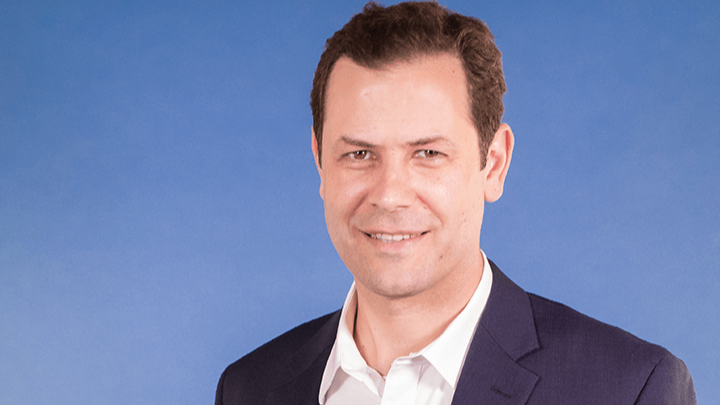With the arrival of cost-effective Satellite IoT (SatIoT), Systems Integrators (SIs) are rushing to meet the pent-up demand for global solutions that allow asset tracking across the 85% of the planet not covered by cellular networks. They are building fully connected IoT solutions, where mobile assets can be tracked as they move, seamlessly connecting to an array of networks, from Cellular to LoRaWAN, Sigfox, and Satellite.
Some are promising a one-size-fits-all approach, relying on future 3GPP standards. Is this a safe bet for integrators? While it is technically feasible to use existing terrestrial protocols to communicate with satellites, it is not favourable in terms of performance. IoT is sensitive to cost and power consumption, and such degradations could rapidly derail the IoT business model.
Minor differences in performance, like battery life and or device lifetime, can transform the viability of the business case. Building intelligent devices capable of seamlessly switching between several technologies, each being highly optimized for specific conditions, is the soundest approach. Fabien Jordan, CEO, Astrocast, explains why organisations must explore Astrocast’s proprietary data protocol, which is designed to optimise every aspect of the SatIoT component.
Compelling Opportunity
2022 is the year IoT goes global, with low cost SatIoT solutions providing the chance to track assets in the most remote locations across the world for the first time. With the ability to cost-effectively connect the 85% of the world not covered by cellular networks, the dream of seamlessly collecting data from assets as they move between networks – from cellular to satellite – is exciting.
Agriculture can be revolutionised through remote monitoring of animals and environmental factors like moisture, helping to reduce reliance on antibiotics and optimise the use of scarce resources like water. Environmental understanding and strategies can be fast-tracked, using data from monitoring oceans to understand change.
In the drive to meet the demand for a seamless global IoT solution it is vital to focus on the core components of IoT success. Deployments involve tens, even hundreds of thousands of devices, generally in inaccessible locations. Device lifetime and form factor are key to the business case. This means carefully considering battery life and size, updates, frequency of transmission, and antenna design.
Standards Debate
This is a new market. The challenge for SIs is to achieve integration without compromising performance or undermining the business case. The debate centres on whether the industry should rely on cellular IoT standards only, hoping that they might one day be satellite-compatible and hence minimise device complexity? Or should they bet on the operational performance benefits of combining the available and highly efficient proprietary SatIoT data protocols with cellular and LPWAN technologies, making mass scale deployment financially viable?
In theory, it makes sense to adhere to industry standards. They provide application longevity and improve agility. However, there is little value in this approach if performance is compromised.
There is currently no standard for SatIoT deployment either. Proposed 5G NB-IoT standards are years away from ratification. Moreover, NB-IoT is real-time only. It doesn’t support store-and-forward operations – critical for operating through a network of LEO (Low-Earth Orbit) satellites. From the satellite perspective, there is huge complexity created by the need to manage the many different frequencies used on the ground by NB-IoT devices. This is probably the biggest challenge to overcome as the satellites will be more complex and costly.
Similarly, some Integrators are exploring the use of the established LoRaWAN standard over satellite. In both cases, there are serious barriers to overcome to enable important features like bi-directional communications or store-and-forward capabilities.
Additionally, 5G NB-IoT and LoRa over satellite have more data overhead than optimized proprietary protocols like Astrocast, resulting in more energy consumed per byte sent. While these standards would theoretically “simplify” deployment, the use of non-optimised data protocols for the SatIoT component has a devastating impact on IoT device performance, destroying the IoT business case.
Conclusion
Proprietary data protocols are a core component of the SatIoT development model for good reason. These optimised deployments are lower cost, more reliable and higher performing, especially in key areas like power consumption, which can make or break an IoT deployment. Additionally, the use of proprietary data protocols is not a barrier to deployment either but an enabler.
Systems Integrators can create solutions using multiple networks to track items across the world. Overall, the key is to ensure the deployment model supports rather than undermines the IoT business case. This means considering how often the device needs to communicate with the satellite. What is the power consumption and battery life requirement? Is the antenna design suitable? Does the entire solution support bidirectional communication?
These critical issues affect the cost, viability and business benefits of the SatIoT deployment – and optimal performance can only be achieved through the use of dedicated, optimised data protocols.



